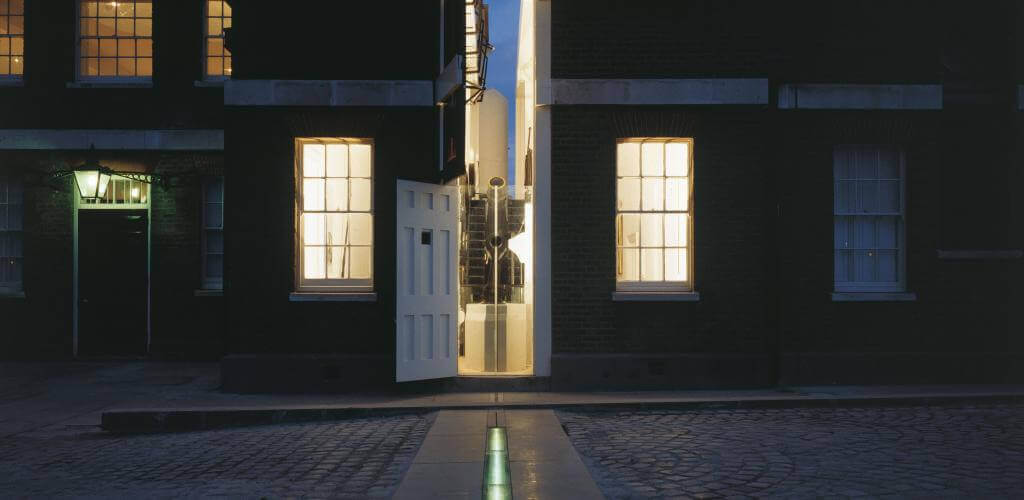Where is Greenwich? The history of Greenwich London. Information about Greenwich.
Greenwich; is a southeastern borough of London. It is on the south bank of the River Thames and is famous for the buildings of the National Maritime Museum, the Royal Naval College and the Royal Observatory.

History Of Greenwich
In 1423 Humphrey Duke of Gloucester enclosed what is now Greenwich Park on the hillside overlooking the river. He also built on the river bank a house which the Tudor sovereigns extended into a royal palace. King Henry VIII was born there. The palace was too large and old-fashioned for the wife of King James I and he had a new house at the north end of the park designed for her by Inigo Jones. This house was completed for Queen Henrietta Maria, wife of Charles I, in 1637. It is called the Queen’s House and in 1937 became the National Maritime Museum, where models and pictures of old ships can be seen together with charts and instruments for navigation.
King Charles II had the Tudor palace pulled down and began a new one, but only one block was built. He also laid out the park in the French style and some of the great Spanish chestnut trees along the main avenue were planted in his time At the end of the 17th century the great architect Christopher Wren was told to make plans to extend the palace into a naval hospital. Wren’s plans for the hospital were somewhat altered by later architects but this group of buildings, completed in 1750 is among the most stately in England. It has beautiful chapel and is famous for its Painted Hail, whose walls and ceiling were painted by Sir James Thornhill (1675-1734). Since 1873 the hospital has been a college for naval officers.
Greenwich Park
The observatory buildings in Greenwich Park were built by Wren in 1675. (An observatory is a place where astronomers watch the sun, moon, stars and planets; see Observatory.) The smoky air of Greenwich and the glare of the London sky made it necessary to move the observatory to Herstmonceux (Sussex) in 1948. Parts of the old observatory are now a museuın (called Flamsteed House) and visitors can see the big clock-face showing Greenwich time, as well as the Greenwich meridian marked on the ground, from which longitude is measured. At one o’clock each day a black ball drops down a mast as a time signal.
In a dry dock beside Greenwich Pier can be seen the “Cutty Sark“. This sailing ship, which was built in 1869 for the China tea trade, was one of the fastest vessels afloat and is kept as a tribute to the days of sail.